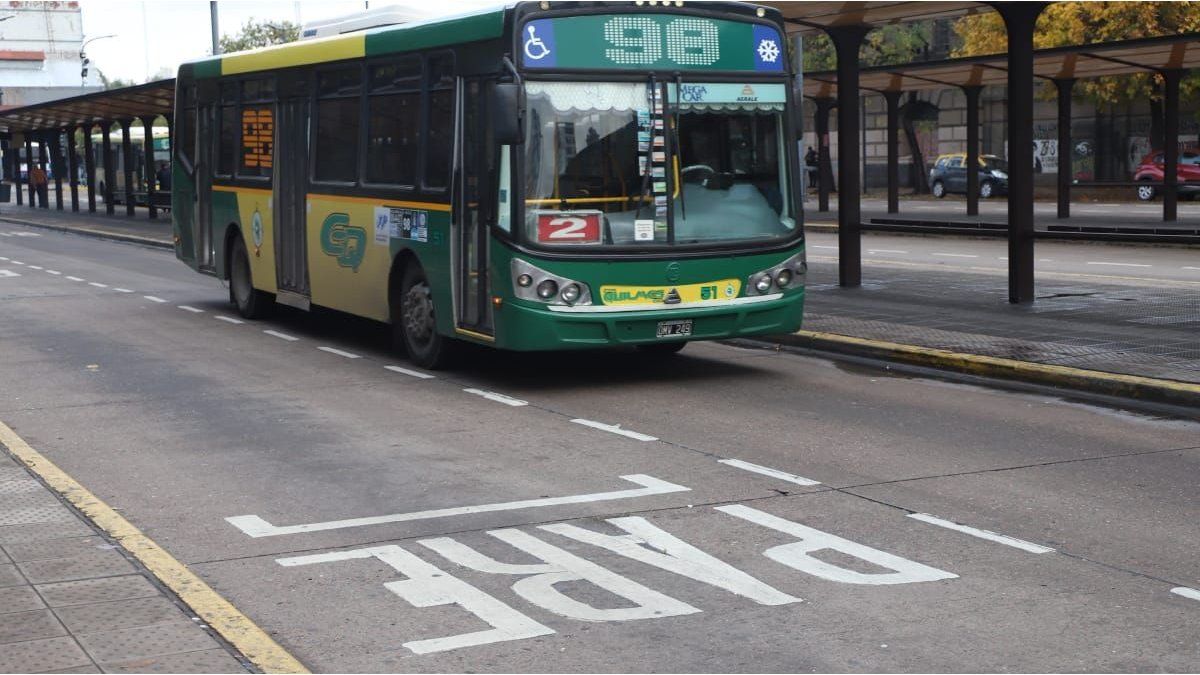The Government implemented changes to bus routes and schedules in the AMBA in order to improve the efficiency of public transport, adapting to new urban needs and optimising resources. However, these changes could have a mixed impact on users, generating both benefits and possible inconveniences for them.
The Ministry of Economy, headed by Luis Caputo, has made official a major change in the public bus transportation system in the Metropolitan Area of Buenos Aires (AMBA). Specifically, modifications to the routes and schedules of numerous bus lines are authorized.
The content you want to access is exclusive for subscribers.
According to the Resolution 801/2024 According to the Ministry of Transport, the regulations seek to improve the efficiency of public transport, reducing waiting times and improving connectivity between different areas. The Ministry also states that “the modifications reflect changes in the city, such as new constructions, routes and traffic patterns.”


And he adds that “seeks to ensure that buses operate on the most efficient routes, reducing operating costs“The provision concludes by indicating that the various departments of the Ministry of Transport, together with the Secretariat of Transport and the Ministry of Economy, intervened in their respective areas of competence. In addition, the measure is framed within the provisions of the Law of Ministries, decree 195 of 2024, decree 656 of 1994, and resolution 137/2018.
notice_312957.pdf
The measure seeks to ensure that buses operate on the most efficient routes, reducing operating costs.
What does this change entail?
The document mentions several bus lines in the Metropolitan Region of Buenos Aires (RMBA) that are affected by the proposed changes. The lines specifically mentioned in the text are the following:
- Line 71
- Line 93
- Line 107
- Line 123
- Line 124
- Line 135
- Line 142
- Line 176
- Line 180
- Line 237
- Line 243
- Line 252
- Line 295
- Line 303
- Line 310
- Line 326
- Line 329
- Line 333
- Line 343
- Line 358
- Line 384
- Line 394
- Line 440
- Line 445
- Line 561
- Line 562
- Line 578
According to the official text, the transport companies that operate the lines mentioned in the regulation must adapt their services to the new parameters established in this resolution. This may include changes to:
- Routes: Lines may change routes, add or remove stops.
- Schedules: departure and arrival times of buses can be modified.
- Frequencies: you can increase or decrease the number of buses that circulate on a certain line.
- Number of units: the number of buses assigned to each line can be modified.
It should also be noted that new operating conditions may be established, such as the incorporation of technology or improved accessibility.
Finally, remember that these changes are usually implemented with the aim of improving the efficiency of the transport system, adapting it to the changing needs of users and optimising the use of resources.
However, these changes can bring both benefits and drawbacks for users. For example, they can improve connectivity in certain areas.but may also involve changes to usual routes or an increase in travel times.
Source: Ambito




